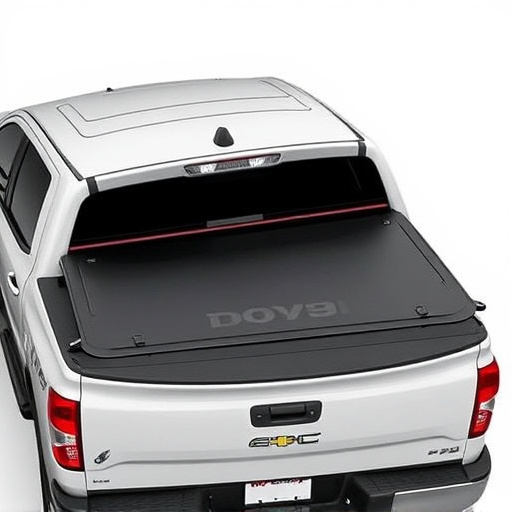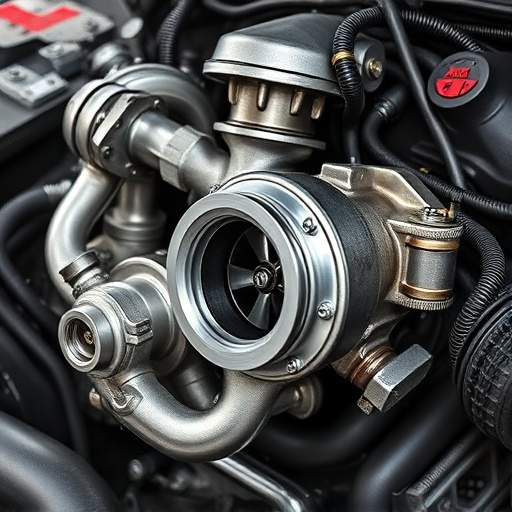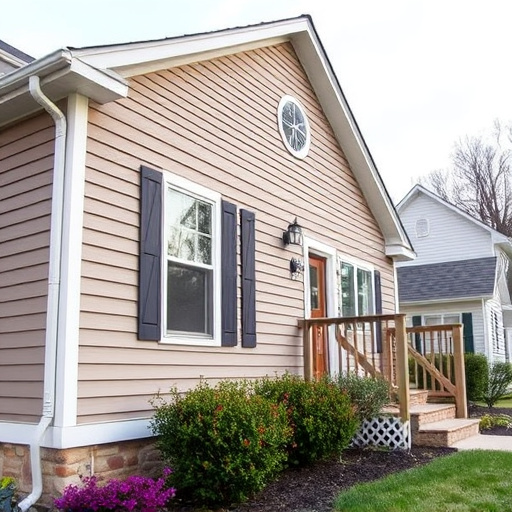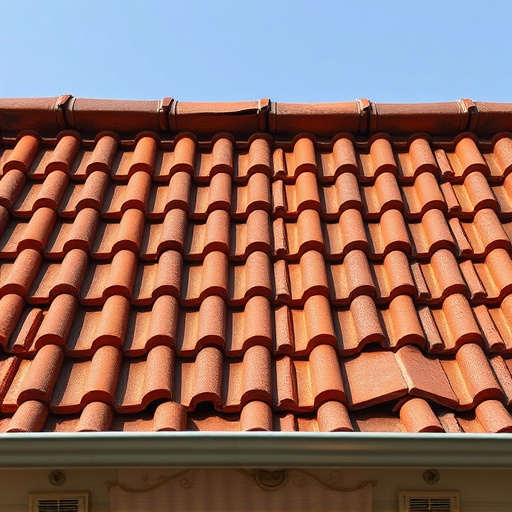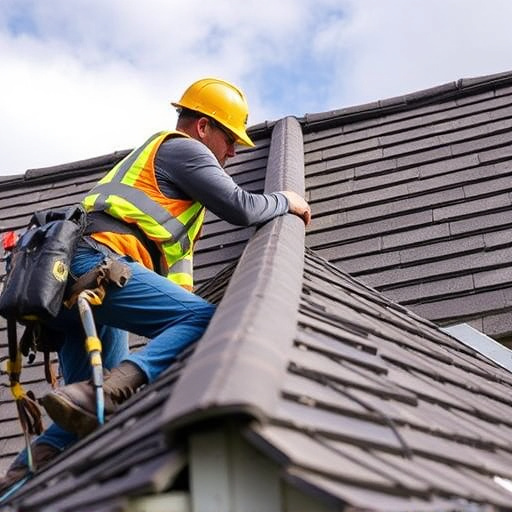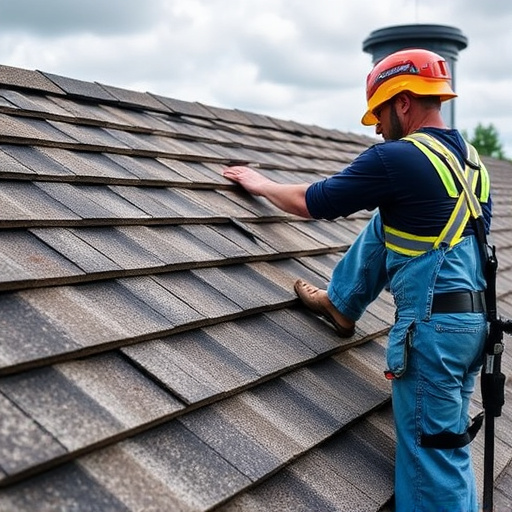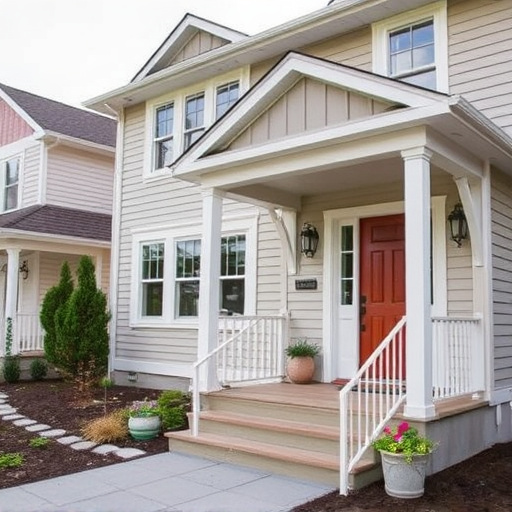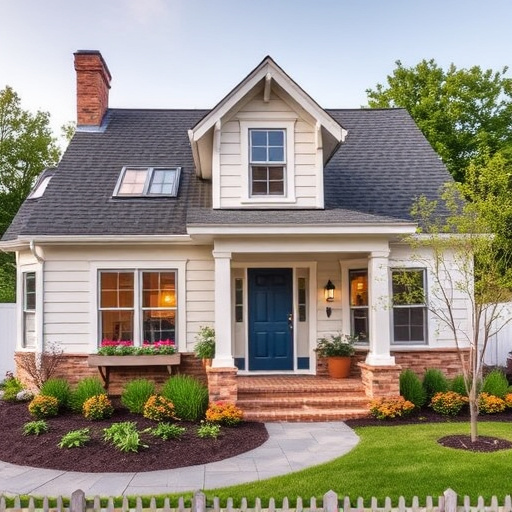Choosing a siding material through a siding company involves weighing key factors like durability, maintenance, and aesthetics. Vinyl excels in low maintenance and long-term savings, wood offers classic appeal with versatile styling but requires regular upkeep, while fiber cement stands out for strength, fire resistance, moisture protection, and superior impact resistance, making it a top choice for commercial and residential applications alike, ideal for homeowners seeking durable, low-maintenance protection.
When it comes to enhancing your home’s exterior, choosing the right siding is crucial. This guide explores the top three options: vinyl, wood, and fiber cement, each with unique characteristics and benefits. We’ll delve into the comparing materials, from durability to energy efficiency, and uncover the key factors in selecting a reputable siding company. Additionally, we’ll break down the installation processes, highlighting the advantages of each material and providing insights for a successful makeover.
- Comparing Materials: Vinyl, Wood, and Fiber Cement
- – 1.1 Unique characteristics of each material
- – 1.2 Durability, maintenance, and lifespan comparison
Comparing Materials: Vinyl, Wood, and Fiber Cement
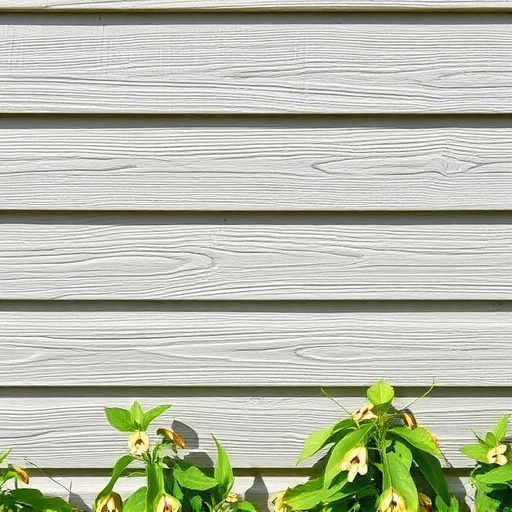
When it comes to choosing a siding material for your property, a siding company offers diverse options, each with unique characteristics. Vinyl, wood, and fiber cement are three prominent choices that cater to various needs and preferences. In terms of low maintenance, vinyl stands out as an excellent option, being highly durable against elements like wind, rain, and snow, and requiring minimal upkeep compared to other materials. This makes it ideal for busy homeowners or those seeking long-term savings on siding repairs.
On the other hand, wood offers a classic aesthetic appeal that adds warmth and character to any home. Known for its versatility in styling, wood allows for creative designs and custom looks. However, it requires regular maintenance, including painting or staining, to protect against rot, insect damage, and weather conditions. For commercial siding applications, fiber cement emerges as a game-changer due to its strength, durability, and resistance to fire, moisture, and extreme temperatures—features that make it a top choice for businesses prioritizing long-lasting protection.
– 1.1 Unique characteristics of each material
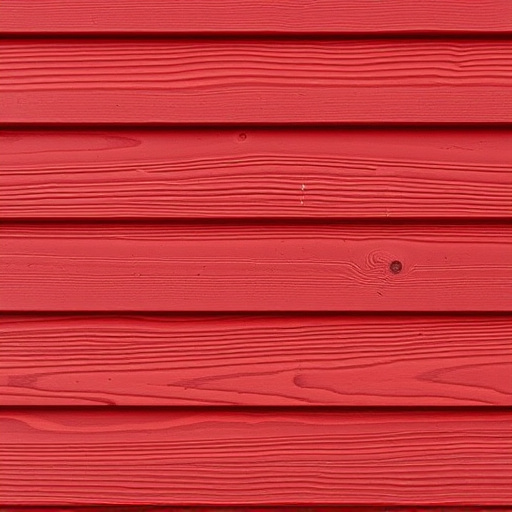
Vinyl, wood, and fiber cement each offer distinct advantages and unique characteristics when it comes to siding a residential property, making them popular choices among homeowners and siding companies alike. Vinyl siding is known for its durability and low maintenance requirements, as it’s resistant to fading, chipping, and cracking, and requires minimal cleaning. It’s an excellent option for those seeking long-lasting protection without the need for frequent upkeep.
Wood siding, on the other hand, provides a classic aesthetic appeal with numerous style options. It offers breathability, allowing moisture to escape from the home exterior services, and can be easily repaired or replaced if damaged. However, wood requires regular maintenance such as painting or staining to prevent rot and insect infestation. Fiber cement siding stands out for its exceptional durability, fire resistance, and low maintenance needs. It mimics the look of wood but offers better performance against extreme weather conditions, making it a preferred choice for roofing services seeking long-term solutions for residential siding.
– 1.2 Durability, maintenance, and lifespan comparison
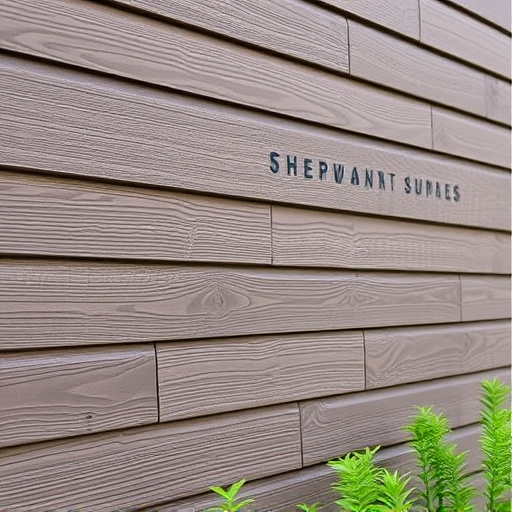
When comparing vinyl, wood, and fiber cement siding from a siding company, durability is a key factor. Vinyl and fiber cement siding both offer superior resistance to rot, mold, and pests, making them low-maintenance options that can last for decades with proper care. Wood, while aesthetically pleasing, requires regular treatment to prevent damage from the elements, which can shorten its lifespan. In terms of longevity, fiber cement often tops the list due to its high impact resistance and ability to withstand extreme weather conditions without warping or cracking.
Regular maintenance is another aspect that sets these materials apart. Vinyl and fiber cement siding require minimal upkeep beyond occasional cleaning, while wood necessitates annual sealing or staining to protect against weather damage. Siding repairs are generally less frequent with vinyl and fiber cement due to their durability, whereas wood may need replacement boards over time. Considering these factors, roofing solutions made from fiber cement and vinyl offer more cost-effective and long-lasting siding services for homeowners looking for low maintenance and superior protection.
When choosing a siding company, the decision between vinyl, wood, and fiber cement depends on your priorities. Vinyl offers low maintenance and durability, ideal for busy homeowners. Wood exudes charm and diversity but demands regular upkeep. Fiber cement balances both, providing long-lasting protection with less maintenance than traditional wood. Consider these options carefully to ensure your siding company selection aligns with your style and lifestyle needs.
